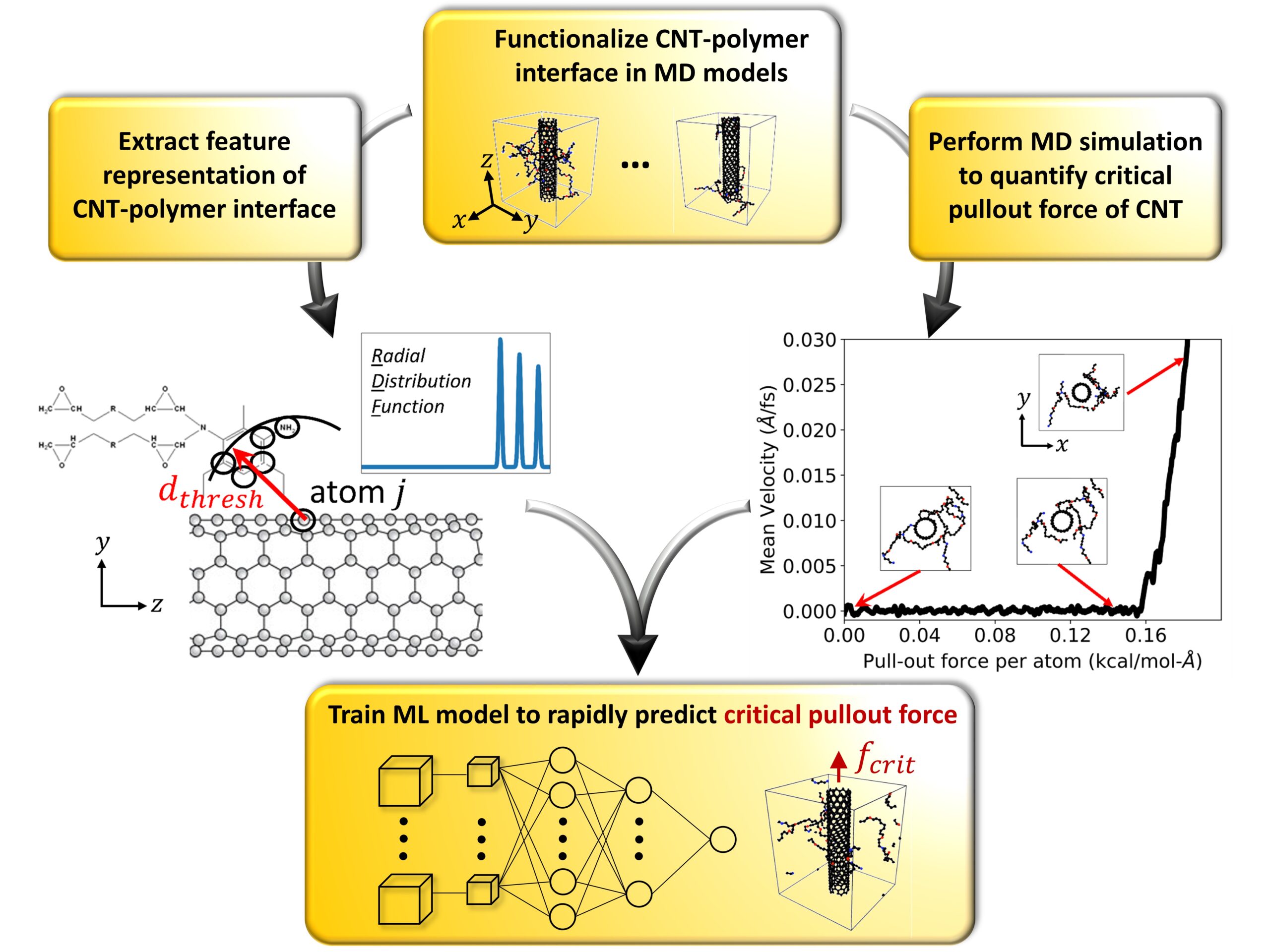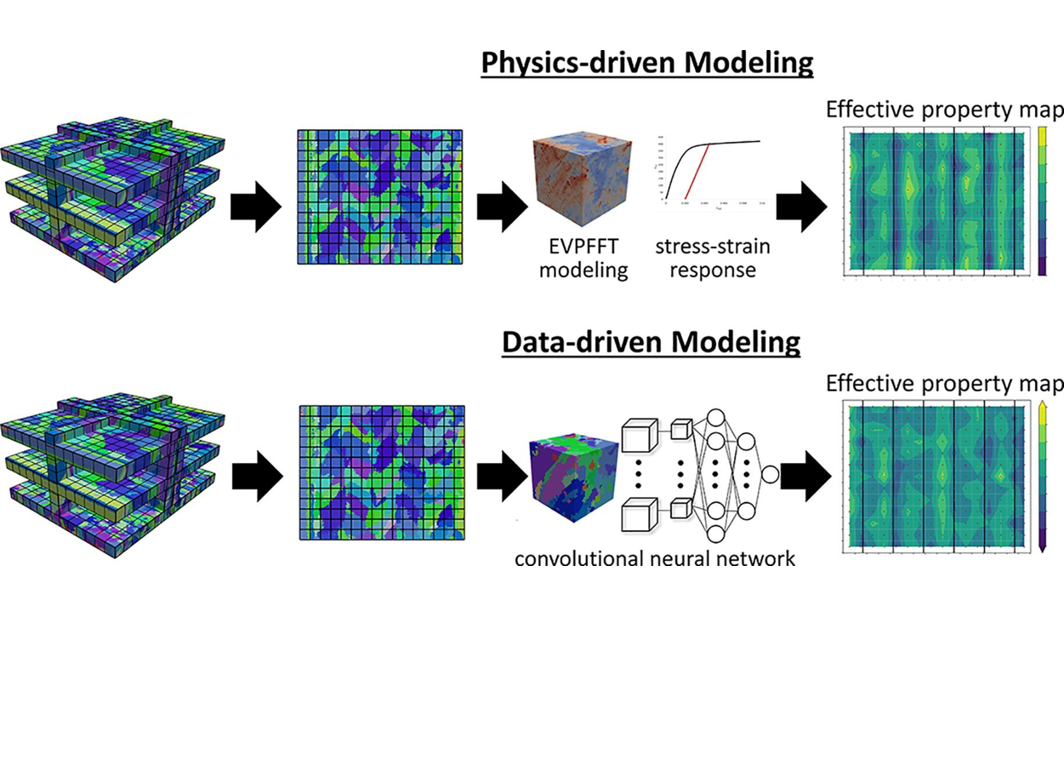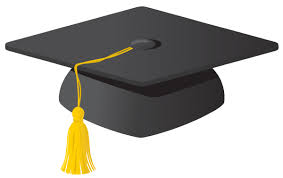Dr. Spear recently joined the editorial boards for two top journals in the field of fracture mechanics. The aims and scope for each journal are described below. Engineering Fracture Mechanics: EFM covers a broad range of topics in fracture mechanics to be of interest and use to both researchers and practitioners. Contributions are welcome which address the fracture behavior of conventional engineering material systems as well as newly emerging material systems. Contributions on developments in the areas of mechanics and materials science strongly related to fracture mechanics are also welcome. Papers on fatigue are welcome if they treat the fatigue...
Continue readingNew work on Void Descriptor Function published in Acta Materialia
Recent MMM Lab graduate, Dillon Watring, and collaborators from the National Institute of Standards and Technology (NIST) published work on the extension and experimental evaluation of a void descriptor function, or VDF. The VDF is intended to provide a unique parameter to characterize complex void networks in structural metals, including additively manufactured metals. Compared to other pore-related metrics reported in the literature, the VDF parameter has been shown to be more strongly correlated with ductile-metal failure properties, including fracture location. Click here to learn more!...
Continue readingCongratulations to Dr. Dillon Watring!
Congratulations to MMM Lab member, Dillon Watring, who successfully defended his Ph.D. dissertation this year and was awarded a prestigious postdoctoral fellowship from the National Research Council (NRC) to conduct research at the Naval Research Laboratory. Dillon’s dissertation is entitled Multiscale Characterization of Process-Structure-Property Relationships in Additively Manufactured IN718 and can be downloaded here. Congratulations, Dr. Watring! ...
Continue readingRecent review article on physics-driven vs. data-driven modeling for metal additive manufacturing
The MMM Lab and collaborators recently published a review article describing the differences, similarities, and interactions between physics-driven and data-driven approaches for modeling process-structure-property relationships in metal additive manufacturing (AM). The article is published in the new open-access Journal of Physics: Materials. Access the article here! ...
Continue readingWork with Michigan Tech featured in Materials Today!
Our recent paper published in Composites Science and Technology was featured in Materials Today! The work is a collaboration with researchers from Michigan Tech and demonstrates the use of machine learning to accelerate failure predictions of carbon nanotube-polymer interfaces using training data from molecular dynamics simulations. The research is supported by the NASA Space Technology Research Institute US-COMP. Click here to read the news article....
Continue readingMMM Lab & Collaborators Named Top Performer in National Additive Manufacturing Modeling Challenge
MMM Lab & collaborators were named a Top Performer in a national additive manufacturing modeling challenge hosted by the Air Force Research Laboratory and America Makes. University of Utah mechanical engineering associate Professor Ashley Spear, undergraduate researcher Carter Cocke, Prof. Anthony Rollett from Carnegie Mellon University, and Dr. Ricardo Lebensohn from Los Alamos National Laboratory are a U led team and awardees of the America Makes and Air Force Research Laboratory (AFRL) Additive Manufacturing Modeling Challenge Series. The goal of the Challenge Series was to improve the accuracy of model predictions for metal, using INCONEL® nickel-chromium alloy 625 (IN625)....
Continue readingApplying Deep Learning to Additive Manufacturing of Metals
Abstract: In this work, we investigate the performance of data-driven modeling for mechanical property prediction of a simulated microstructural dataset. The dataset comprises realistic microstructural subvolumes of metal additive-manufactured stainless steel 316L and corresponding effective mechanical properties that were generated with a physics-driven modeling framework. The data-driven models leveraged for this work include Ridge regression, XGBoost, and a custom 3D convolutional neural network (CNN) based on VGGNet. Morphological and crystallographic features describing each microstructure serve as the inputs for the Ridge regression and XGBoost models. The CNN is trained with a 3D image of the microstructure represented by progressively...
Continue readingCongrats to Carl, John, and Jimmy!
Congratulations to Carl Herriott, John Erickson, and Junyan “Jimmy” He for successfully completing their M.S. degrees! Carl, John, and Jimmy have made significant contributions to the MMM Lab and to the literature in their fields. We are very proud of all three graduates and wish them the very best in their careers. Carl’s thesis, entitled Predicting Spatial Variability of Mechanical Properties in Additively Manufactured Metals with Multiphysics Modeling and Machine Learning, includes two journal articles, which can be accessed below. Carl is currently employed at Sandia National Laboratories in Livermore, CA. Herriott, C.F., Li, X., Kouraytem, N., Tari, V.,...
Continue readingEffect of Grain Structure on Crush Response of Open-Cell Metal Foam
Abstract: The mechanical response of open-cell metallic foams depends strongly on their hierarchical structure, which ranges from the grain scale, to the scale of individual struts, to the scale of the bulk foam. The objective of this study is to investigate the effect of grain structure on the compressive mechanical response of open-cell metallic foam using a crystal-plasticity finite-element-based framework. Multiple polycrystalline instantiations (overlaid on a foam volume derived from X-ray tomography) are simulated to quantify the grain-size effect on crushing response of investment-cast aluminum foam. The high-fidelity numerical framework captures the deformation mechanisms across multiple length scales and is...
Continue readingML+MD to predict strength of CNT-polymer interface
Abstract Modern aerospace applications require lightweight materials with exceptionally high strength and stiffness. Carbon nanotube (CNT)-reinforced composites have great potential in addressing these requirements. However, one critical factor limiting the potential of CNT-reinforced composites is the limited load transfer capability between CNTs through a polymer matrix, which arises due to low CNT-polymer interfacial shear strength at a molecular scale. While molecular dynamics (MD) simulations can be employed to investigate the CNT-polymer interface, such simulations are computationally expensive. It is thus intractable to explore a sufficiently large design space for interface modifications and optimization using MD simulations alone, motivating the...
Continue reading






